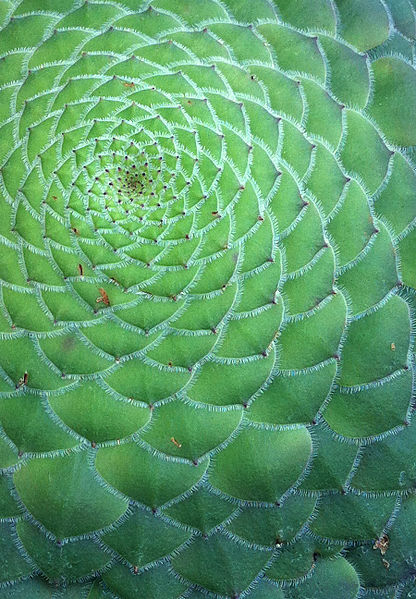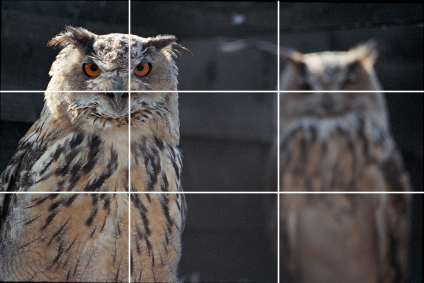The Principles of Photography
The history of
photography is a prevalent one; it is arguably art that brought us photography.
Through the ages illustration had shifted to bring us more realistic and
refined imagery, paintings that featured third dimensions as opposed to only
two, extremely diligent and painstaking illustrations. The progression can be
seen clearly in art, starting from the Medieval Art period of 400-1400 AD right
up until The Flemish Art period of 1600AD.
Camera Obscura
The camera obscura was first
established by the Chinese philosopher Mozi (Mo-Ti 470 to 390 BCE) he was
also the founder of ‘Mohism’. He referred to this device in his writings as the
“locked treasure room”. Other prominent figures that identified the principles
of the Camera Obscura were Aristotle, Theon of Alexandria, Roger Bacon and Leonardo da
Vinci.
The camera obscura is an optical device which consists of a box (or
chamber) with a hole in one side, light from the chosen external surroundings will
filter through thus projecting a reversed image on the wall with color and
perspective it is clear, the smaller the whole the sharper the image. Some practical
users of this device today use a lens as it allows a larger aperture. The
device is said to have been perfected by Giambattista della Porta and said to have
been used by fine artists Johannes
Vermeer and Canaletto. Although there is evidence to suggest this,
as it is only stipulation due to the dimensions and perspective of some of
their paintings.
Nicephore Niepce
The first public announcement of the world’s first photograph was widely believed to be that of Louis-Jacques-Mande Daguerre's in the summer of 1839 however the photograph was first discovered by Nicephore Niepce in 1825.
Niepce began experimenting with photogravure etchings and lithography in 1816. Some years later he attempted to use the camera obscura to develop a photo-picture, he called this heliography which means “sun drawings” by combining the physical and chemical elements he would invent a photograph.

These findings of Niepce’s resulted in the world’s first ever photograph was entitled “View from the Study Window at Maison du Gras – June/July 1826”
This set the standard for the future of photography and over the next century, many inventors and innovators had pushed to advance us to the plate camera which were made up of dry plates, these cameras were popularised quickly especially by the 'pictorialists'. Thereafter film had developed to celluloid and Kodak brought us the black box camera a model of which is still used today by analogue photography enthusiasts. Soon after 35mm cameras were introduced and were seen as handy portable devices that weighed much less and were easier to handle. Years later analogue tried to go electronic but this concept did not truly bloom until true digital technology was discovered then refined, thus resulting in today's TLR's (Twin-lens Reflex Camera) and SLR's (Single-lens Reflex Camera).
Composition Theory
Fibonacci Sequence
The Fibonacci sequence first surfaced as a visual component in nature but overtime the Fibonacci Sequence has since been adopted as a form of photography composition. It was first discovered by its patenter italian mathmatician Leonardo Fibonacci and was made public in 1202 in a book of his 'Liber Abaci'. The sequence starts off with 0 and 1 then each subsequent number is the sum of the previous two numbers. The Fibonacci Sequence also occurs in biology and nature, it is ever-present in the arrangement of leaves on stems of flowers, branches on trees, the sequence was also once stipulated to exist in the breeding of rabbits or the breaking of waves but this has since been disproven. With the Fibonacci Sequence came the Golden Ratio also known as the divine proportion. This is where the sum of the quantities to the larger quantity is equal to the ratio of the larger quantity to the smaller one. An overwhelming list of 20th century artists and architects have designed in proportion to the approximate golden ratio of 1:1.618. it can be found in examples of architecture and culture all over the Parthenon. This method was adopted because it is seen as a universally efficient way of drawing in the viewer.

example of the golden ratio in nature, Aeonium Tabuliforme.
It has been said to have been used by Leonardo Da Vinci, Apple Mac and even Twitter to create their home page. You start out by gridding an image into 9 intersections, the bottom and top being a third of the way down and a third of the way up, the middle intersection marking the center line. Here is an example, an image of a horse that has been divided using the golden ratio tool in Lightroom.

In the above example, the slightly more dominant eye of the horse is corresponding with one of the PHI
Rule of Thirds
The rule of thirds proposes that an image be divided into 9 equal cells, this is marked with two individual horizontal lines and two individual vertical lines. It is widely believed by proponents of this technique, that by using the rule of thirds it creates more tension and interest where the subject is concerned as opposed to simply centering the subject with the point of interest approach to composition.

Photographers who utilize this technique will align the first horizontal line with the subject's eye, where the landscape is concerned photographers will commonly align the horizon with the top of bottom line of the center intersection. When photographers use the rule of thirds, they are marking the point of interest, this creates a more natural perspective for the viewer as opposed to simply centering the shot, this can also help to create more than one point of interest.

note how in this image, the man's expression works as a point of interest as well as the flower
on his blazer (the second point of interest)
No comments:
Post a Comment